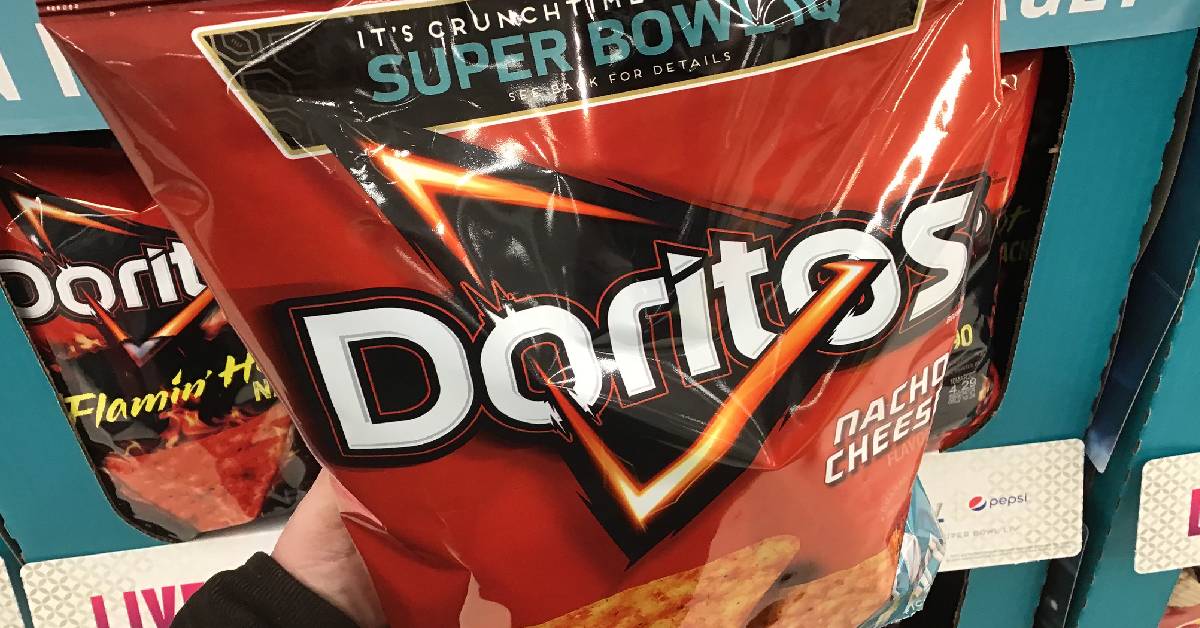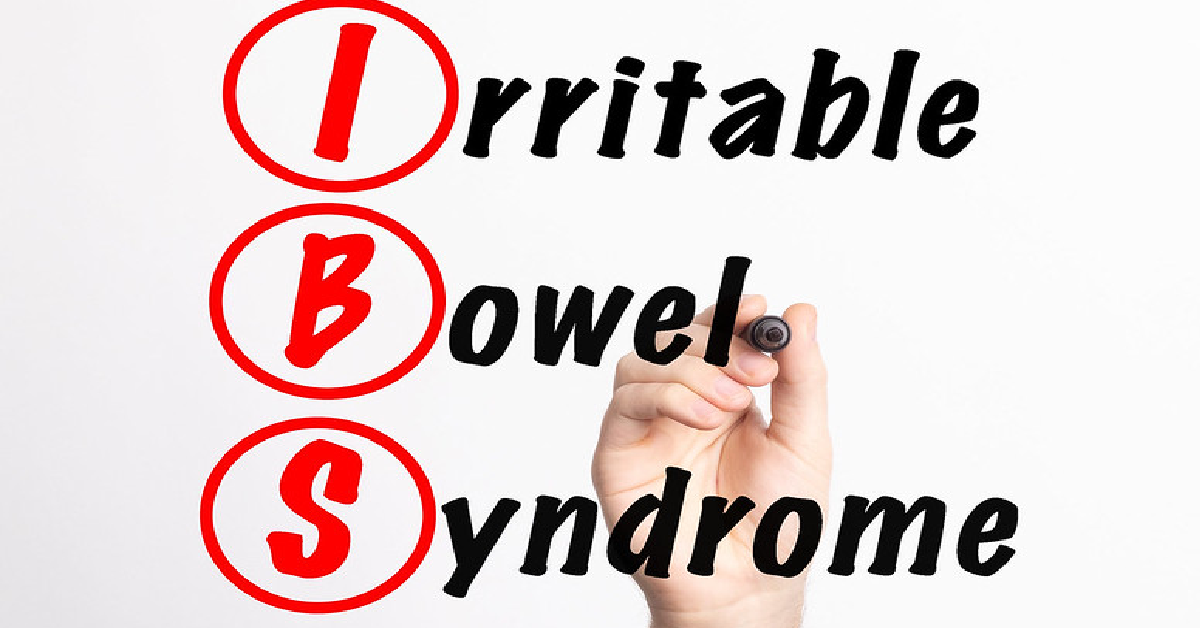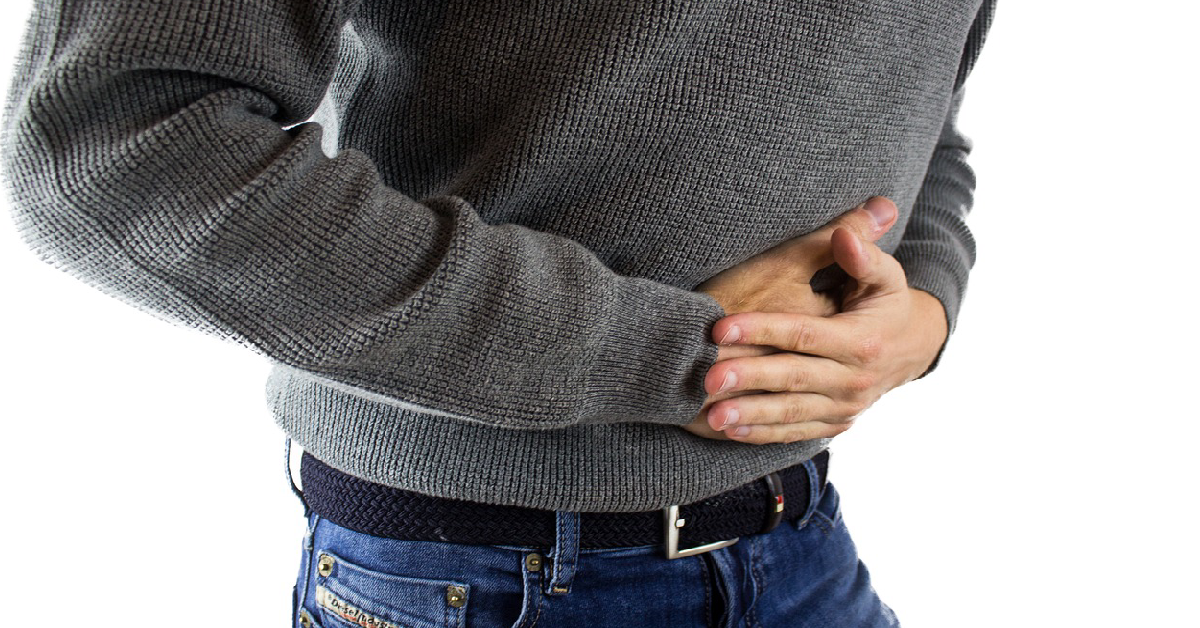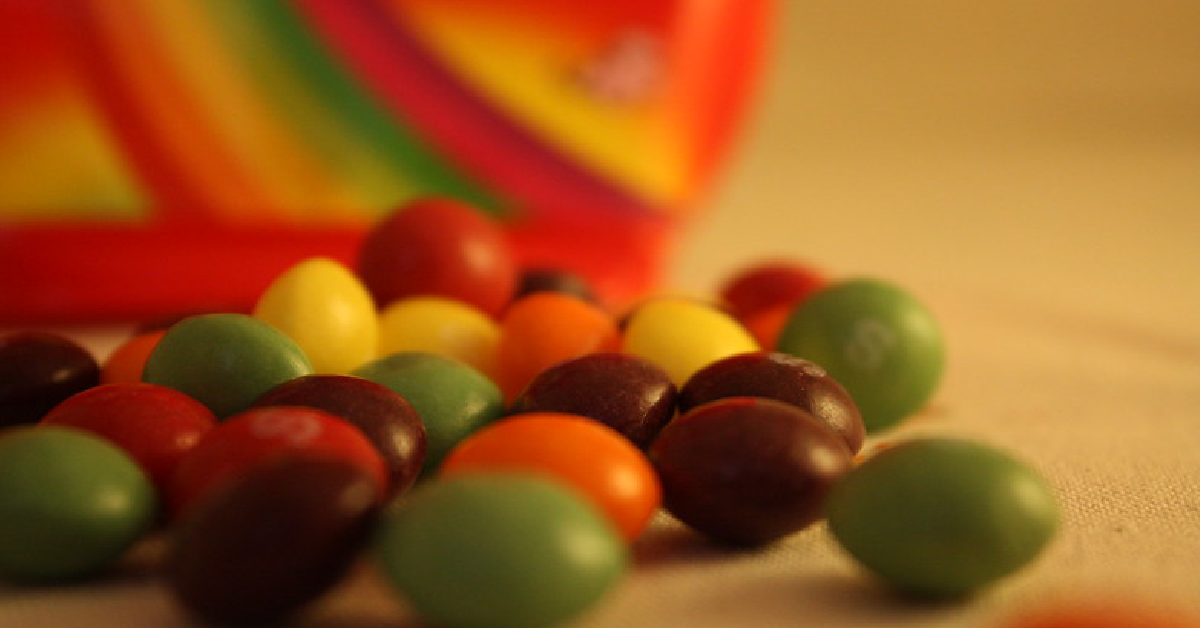Some people who are negatively affected by food coloring understand all too well how difficult it can be.
It seems as if there may be others who are affected and they don’t realize it, thanks to a new report published in the Journal Nature Communications.

According to that study, Red 40 food dye, which is commonly used in snacks such as skittles, Pepsi, and Doritos, can have an impact on people that they may not have noticed before. Those food dyes may be triggering irritable bowel syndrome.
There have not been many studies on the impact of food dye, although the amount of food dye that is being used has significantly increased over the years.
According to the Washington Examiner, researcher Waliul Khan from McMaster University: “What we have found is striking and alarming, as this common synthetic food dye is a possible dietary trigger for IBDs.”

They feel that the research is important for alerting the public on how food dyes can be harmful, even though we eat them daily without thinking about it.
The team, which hails from Ontario, Canada, used Red 40 food dye and fed it to mice in high doses for 12 weeks. It was thought that this was similar to what humans may be eating in Western countries, where food dye is common.
They checked a number of different markers in the mice to see how they were affected. Some of the factors included bloating, dehydration, diarrhea, gut inflammation, and bloody stools.

In mice that were fed a larger amount of Red 40, increased levels of serotonin were seen. Serotonin has an impact on nutrient intake and the movements of the gut muscle. Since the food dye interfered with healthy bacteria, inflammation and ulcers were more likely to occur in the digestive tract.
For a human to experience something similar, they would have to consume higher than recommended amounts of dye. At the same time, the introduction of Red 40 to the diet could make it more likely for illnesses in the gut to be experienced.
Kahn added: “The literature suggests that the consumption of Allura Red also affects certain allergies, immune disorders and behavioral problems in children, such as attention deficit hyperactivity disorder (ADHD).”

Another area where food dye is sometimes seen is in cosmetics. The FDA has already set a limit on how much food coloring can be used in cosmetics, as well as foods. As a daily recommendation, we should be eating no more than 3.2 mg per pound of body weight.
That being said, juice drinks alone may contain up to 9% of the acceptable intake of Red 40 for children between six and 10 years of age.













